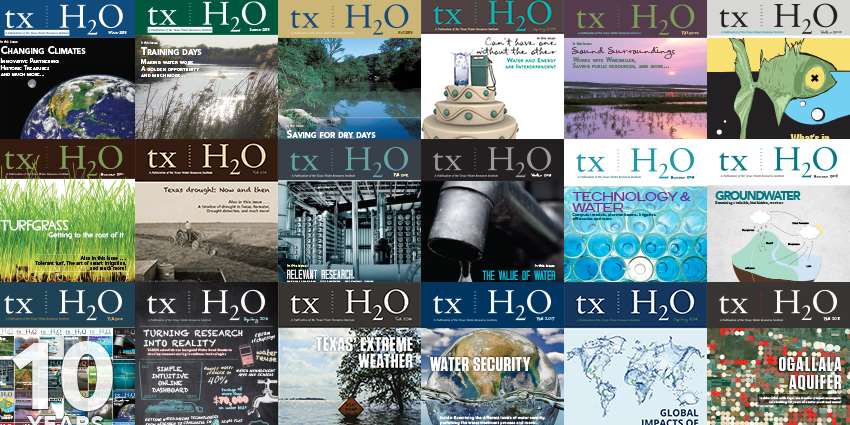A popular txH2O article read in 2020 is Water, but no workers, from the summer 2019 Water Utilities Challenges issue.
Throughout the U.S., the water and wastewater industries are seeing a decline in the number of workers.
To help increase the number of workers in the water field, higher education systems, including Texas A&M University-San Antonio (A&M-San Antonio) and Texas A&M Engineering Extension Service (TEEX), an agency of the Texas A&M University System, have created educational pathways to work toward closing the workforce gap.
According to the Bureau of Labor Statistics, it is projected that 8.2 percent of existing water operators will need to be replaced annually between 2016 and 2026. Rudolph Rosen, Ph.D., director of A&M-San Antonio Institute for Water Resources Science and Technology, said this could be due to the coming wave of retirements as well as inadequate recruitment efforts within the water workforce.
Other concerns are that workers are not being properly trained for specific advanced treatment technologies and regulatory requirements, which means workers may be unable to advance their careers in the water workforce. Small, rural utilities may be the hardest hit by the decreasing workforce.
Read the full article to learn more about the expanding educational programs being designed at A&M-San Antonio to fill the workforce gap and fulfill the needs of different workers in the water industry.



